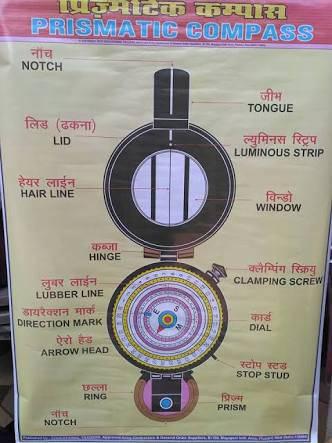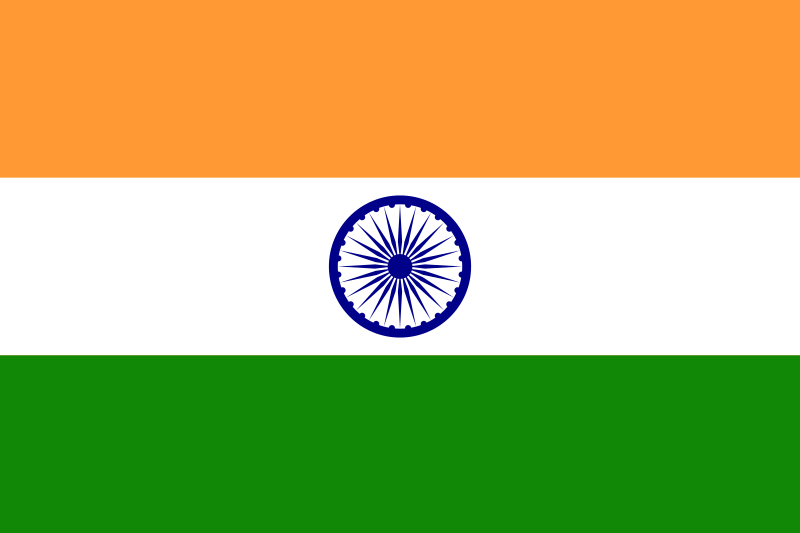Map Reading
Map –
Military map study has special importance. Map is the best friend of the soldiers in the war field.
The successful operation of war-related work depends on the Map study. The following knowledge can be gained from map study –
1. To know the position of oneself and the enemy on the ground.
2. Finding distance and direction from one place to another.
3. Various shapes found on the surface and problems generated by them and their solution.
4. Mutual visibility of both the places.
5. Choosing the Proper Route to March.
Meaning of Map –
The ground area is drawn to a certain scale and the figures are drawn on the paper by a fixed Sign.
This paper map is called a map.
Aims of Map Reading –
After studying the map of any area, getting a complete introduction to the ground information of that area. Means to get knowledge of natural and man-made things of that area.
Kinds of Map –
Maps are of the following types: –
1. Natural Map
2. Political Map
3. Economical Map
4. Historical Map
5. Numerical Map
6. Military Map
Army Map –
Military map shows almost all the natural and man-made objects found on the earth’s surface.
That’s why these maps are called topographical sheets.
In the army, mostly 1 inches = 1 mile or 2 cm = 1 km measurement map is used.
Limitations of Map –
Following are the major shortcomings or limitations of the map: –
1. No map is up to date
2. Map is drawn on paper to scale Therefore, it is not possible to show the horizontal shape of the earth on the map.
Information on Map –
The following information is shown on the top of the map:
1. The name of the place where the map is.
2. Map of District, Tehsil etc.
3. Security classification.
4. Season and year of survey.
5. Version.
6. Magnetic declensions.
7. Reference information.
8. Number of sheets.
The following information is shown on the Bottom of the map:
1. Publication year
2. Sign symbol.
3. Number of other sheets.
4. Publisher name.
5. Scale and scale line.
6. Cantor’s vertical interval.
7. Grid Reference Method.
Service Protector –
This ivory is “6 * 2” in size. It has 360 degrees on all three angles. Where there is a zero in the middle, there is an arrow on it.
Bearing Reading from Service Protractor –
With Service Protractor, we find the direction of any place on the map and plant it.
To find the direction from the protractor on the map, first of all find the direction of both the places. Mark the places on the map with a pencil, then draw a straight line with the foot ruler joining them and keep the zero edge on this line. Where the line joining the service protractor meets the service protractor, the degree position is taken from there.
Scale –
The scale of a map is that fixed ratio in which each distance of the scale can be expressed in proportion to the actual distance.

